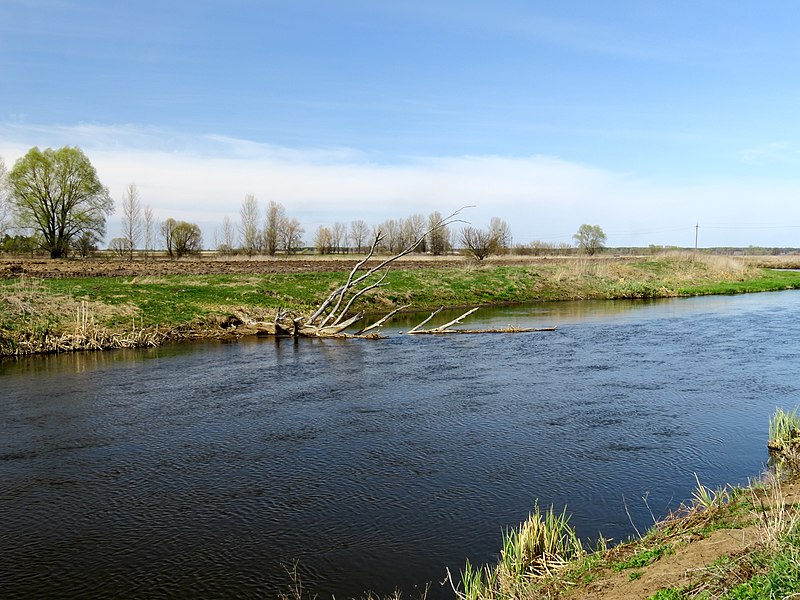Viktoria Hubareva
Translated by Alastair Gill
Since the latter half of 2023, the Danube Biosphere Reserve has been closed to tourist visitors and partially even to representatives of academic institutions. Russia’s invasion of Ukraine in 2022 forced Kyiv to seek additional logistics solutions, reigniting a longstanding dispute between Ukraine and Romania over the deepening of the mouth of the Danube (known as the Dunai River in both Ukraine and Russia) and its use in shipping. What are the potential environmental consequences of an increase in dredging and cargo traffic in the Danube Delta?
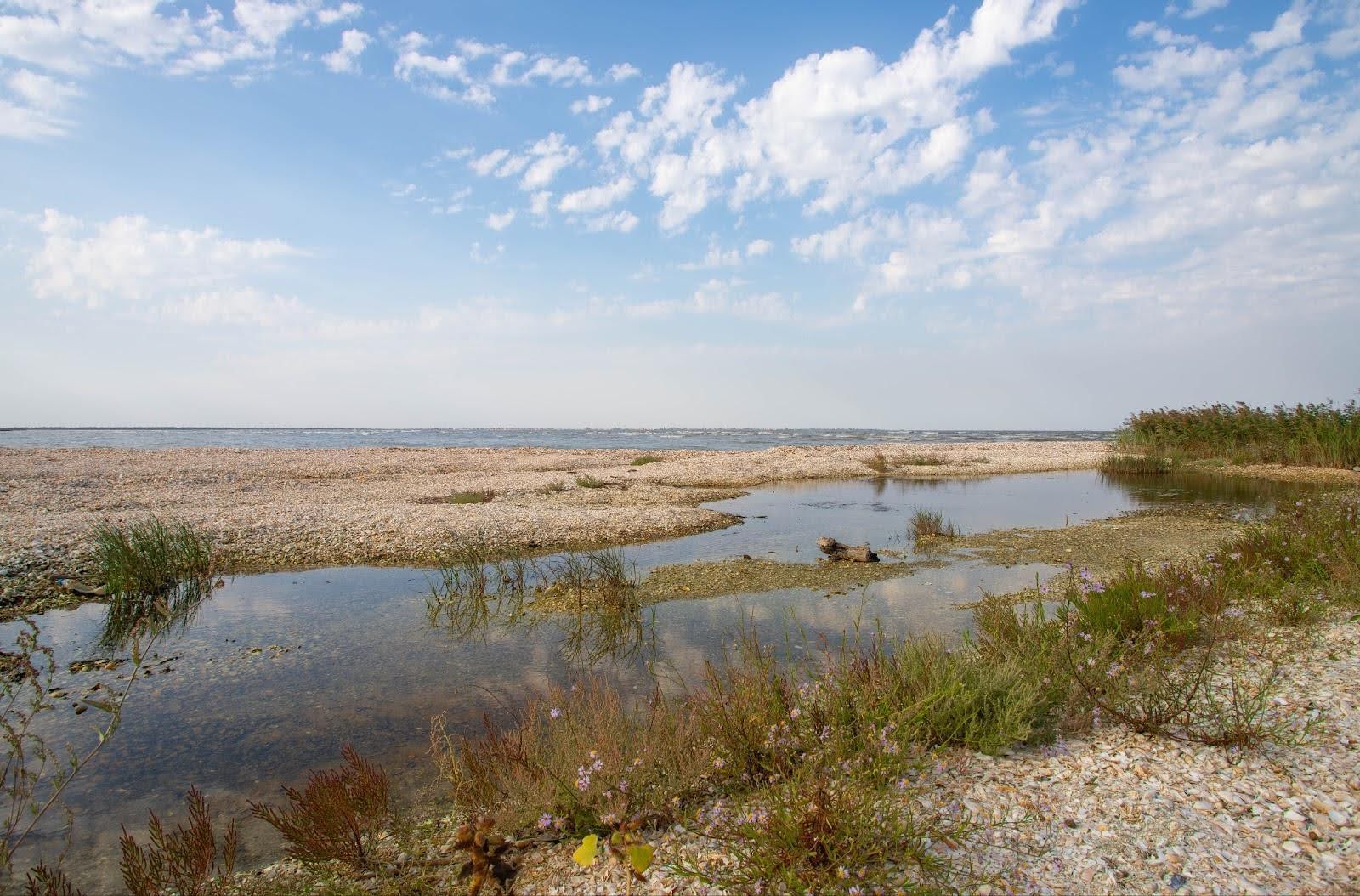
Included in the World Network of Biosphere Reserves in 1998, the Danube Delta Transboundary Biosphere Reserve is made up of two parts: the Danube Biosphere Reserve on the Ukrainian side and the Danube Delta Biosphere Reserve on the Romanian side. Together these territories form a labyrinth of water and land, made up of a multitude of lakes, channels, and islands in the lower Danube with a total area of 7,322 square kilometers. The Danube Delta is Europe’s largest delta ecosystem after the Volga, and also the continent’s second-largest water purification system. 350 bird species use the river delta during migration, wintering, or as a year-round habitat. The reserve is also home to more than 100 species of fish, including sturgeon populations. The delta also serves as one of the last refuges for European mink, wildcat, and river otter.
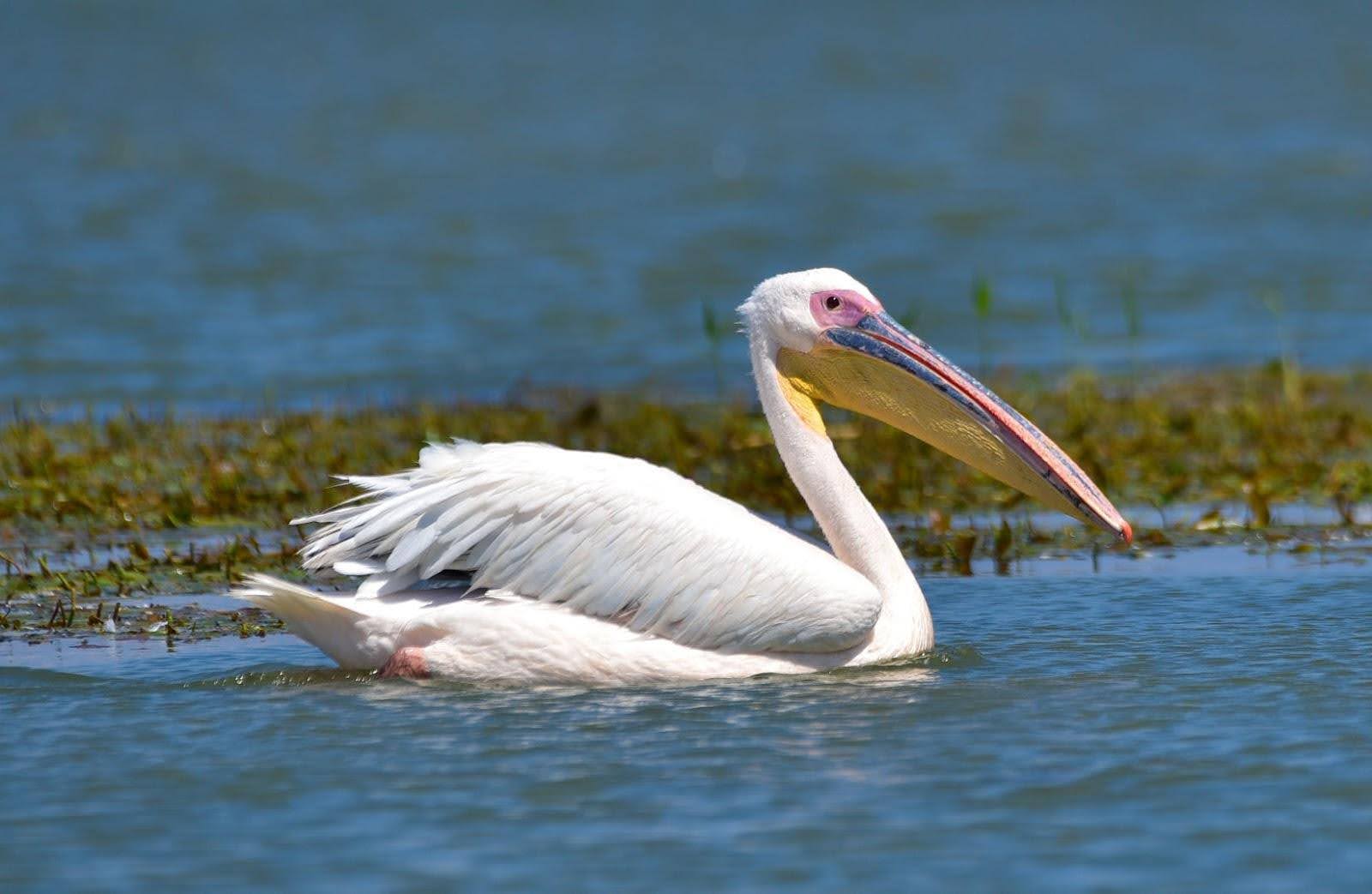
Although only 25% of the Danube Delta falls within Ukrainian borders, these are important territories, and the delta is sometimes called the “European Amazon” for its diversity of plants, birds, animals, ichthyofauna, and invertebrates.
Unsurprisingly then, before the war the reserve was a popular destination for tourists, who came for kayaking and boating trips. Visitors could see the delta’s recently reintroduced water buffalo, admire the local population’s floodplain community gardens and vegetable patches at the Danube’s symbolic “zero kilometer”, and even stay at campsites in dense, tangled forests.
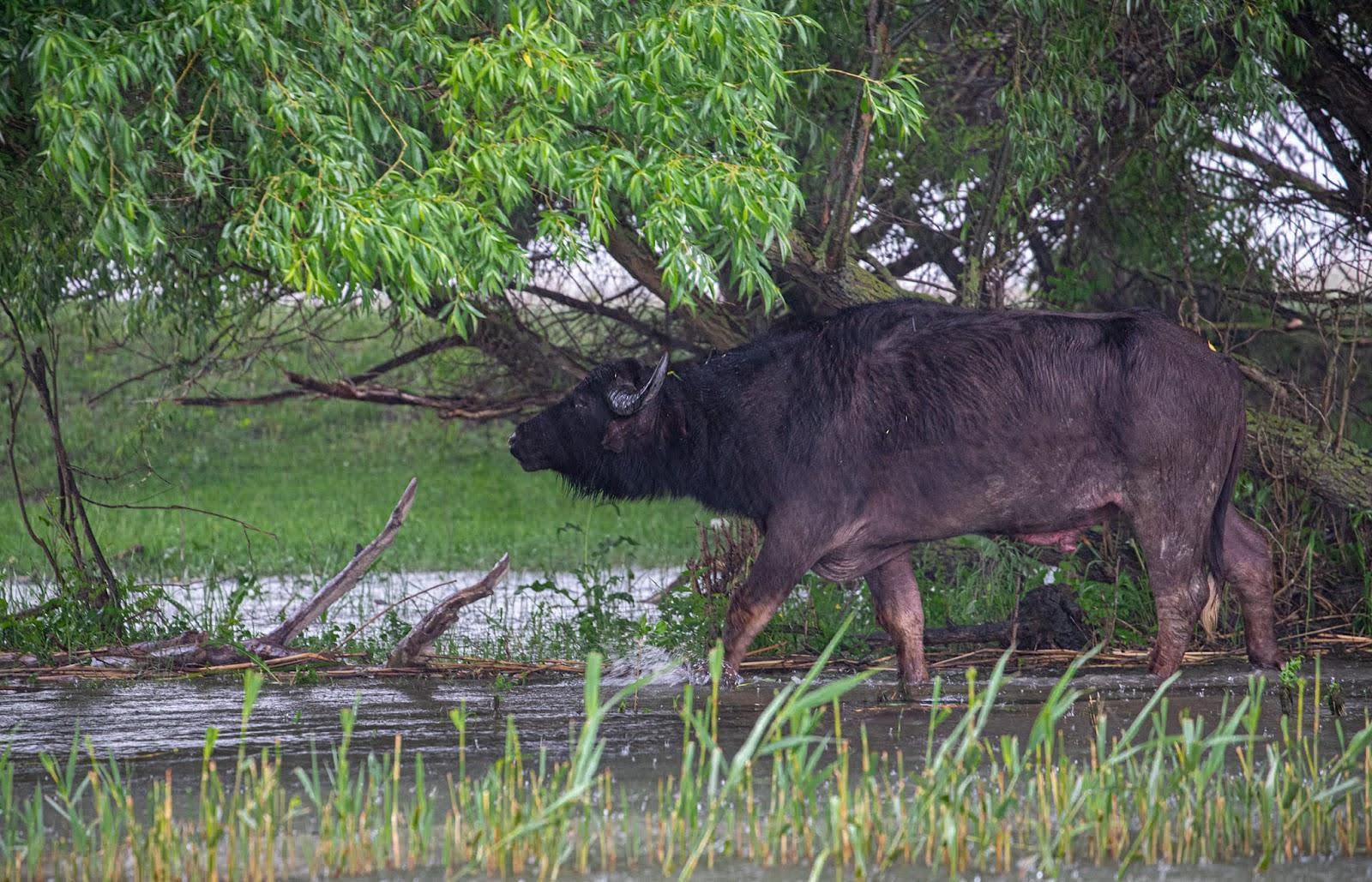
The Danube Reserve is an area of captivating and distinctive beauty, but it has been impossible to reach it on the Ukrainian side since 2023. Access was restricted for good reason: in 2022 Ukraine was fighting for control of Snake Island, and amphibious enemy reconnaissance groups also entered the Danube.
What has changed since the beginning of the war? What is the problem?
To learn about the current situation, we contacted the Danube Delta Biosphere Reserve, which sits on the Romanian side of the border and which forms part of a joint reserve with the Danube Biosphere Reserve. A spokesperson told us that the most obvious effect of the war is a decrease in the number of tourists in comparison with previous years. In addition, Romania also noted a significant increase in the number of cargo vessels in the Danube’s transformed Sulina distributary.
However, it is not only the Sulina canal that saw greater numbers of ships. After the beginning of the full-scale war, Ukraine resumed use of one of the mouths of the Danube as a transport artery.
Cargo ships in the reserve: how does it work?
Oleksandr Voloshkevich has been in charge of the Danube Biosphere Reserve for more than 30 years. In this time he has attended hundreds of court hearings, many of which concerned the construction of the deep-water Danube–Black Sea Canal. This long-running saga, which has dragged on since the 2000s, gained fresh momentum in 2023.
The Danube is one of Europe’s biggest rivers, and its attractiveness for shipping is inestimable. Most cargo transport passes into and out of the Black Sea along the Sulina Channel, one of the Romanian branches of the Danube. Since the early 2000s, however, Ukraine has wanted to use a different branch of the Danube for shipping, located on Ukrainian territory – the Bystroye Canal (another transformed Danube delta distributary).

The global community reacted firmly to news of Ukraine’s plans to develop the canal: in 2004 over 50,000 organizations and individuals from 90 countries came out in defense of the Danube Biosphere Reserve between May and October alone. The Standing Committee of the Bern Convention and the Espoo Convention Commission passed resolutions, while the European Commission and the International Commission for the Protection of the Danube recommended suspending the project. Construction continued despite all appeals, but the canal never became fully operational. In order to be suitable for navigation, the Bystroye Canal must be constantly deepened and dredged of silt. This turned out to be too expensive a solution, so the project was eventually abandoned.
But with the outbreak of full-scale war in 2022, Ukraine suddenly needed to be able to transport goods by sea. By early 2023, Ukraine had already deepened the Bystroye Canal to almost twice its previous depth, a move which could have serious consequences for local ecosystems.
What are the consequences?
Firstly, dredging is likely to have a negative impact on birds nesting on the islands and on sturgeon populations, which migrate up and down the Bystroye Canal and are protected not only by Ukrainian, but also by international legislation.
Such interference in ecosystems can change coastal landscapes, with unpredictable consequences. The potential environmental impact has already been discussed in detail in a previous UWEC Work Group article.
According to UWEC Work Group expert Eugene Simonov, a specialist on river conservation, the creation of major shipping routes through the reserve is unacceptable. As he explains, the whole point of creating reserves is so that natural ecosystem processes can take place without human interference as far as possible – this is the essence of this form of nature conservation.
“The Danube reserve preserves the vibrant natural dynamics of a floodplain ecosystem, where multiple channels are constantly being born and dying,” says Simonov. “This is the great advantage the Ukrainian part has over the Romanian one, which didn’t come under protection until long after its development for shipping began. In the Romanian part, many of the channels have been straightened, deepened and equipped with engineering structures and reinforced banks.”
“There is an opinion that lower water volumes in the Kiliya, another branch of the Danube that flows into Ukraine, is partly the result of the creation of transport routes in Romania. Some consider it a good thing that dredging the Bystroye Canal increases the flow through this water channel. However, the creation of deep-water channels only damaged the delta’s natural value in Romania. We can confidently say that developing the Ukrainian part of the delta for shipping will gradually lead to a similar degradation and artificial redistribution of flow. This is one of the gravest interferences in a delta ecosystem, leading to changes in various environmental parameters: current speed, volume and distribution of sediment, etc.,” explains Simonov.
UWEC has already written about possible changes in the composition of benthic organisms, the most important food source for fish, including sturgeon. There is a high probability that deepening one branch will lead to the disappearance of many other smaller channels and a decrease in the level of floodplain water bodies. Large vessel traffic increases the erosion of banks and will make bank reinforcement a consequent “mandatory” violation of the protected ecosystem. In addition, it was also previously assumed that new ports would be created for ships in the delta. Ukraine adopted corresponding legislative changes to facilitate this in 2022. Yet the current trend in Europe is towards dismantling structures that obstruct natural processes in rivers so that the mobile river ecosystem can reproduce itself. Dredging new straits in the Danube Delta, argues Simonov, is a step in the opposite direction.
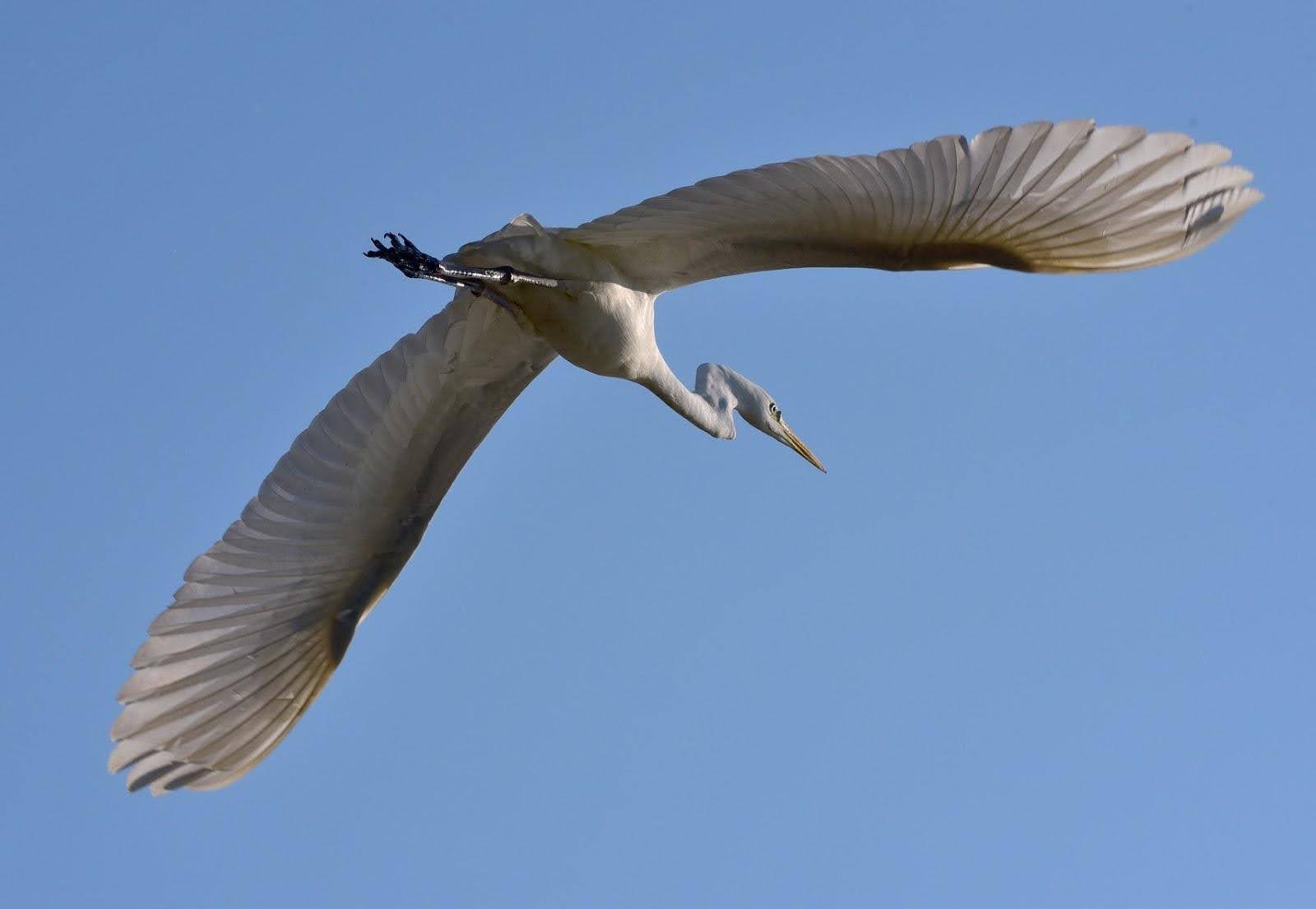
Read more about the influence of the russian full-scale invasion of Ukraine on the Danube River and the region:
- Should Ukraine continue building the Danube canal?
- Dniester River – Evolution of transboundary river basin management in the post-Soviet space
How effective is it to replenish the Danube’s fish stocks?
Meanwhile, conservationists in Romania are silent. The Danube Delta Biosphere Reserve did not comment on the impact of dredging on the ecosystem, and Romanian Minister of Environment, Waterб and Forests Mircea Fechet reported to the UWEC Work Group journalist that over the course of time “the situation has changed”:
“When 20 years ago Ukraine began construction and deepening work in the Danube Delta, the process was negotiated neither with us nor with other countries. Over these years the situation has changed,” replied Fechet.
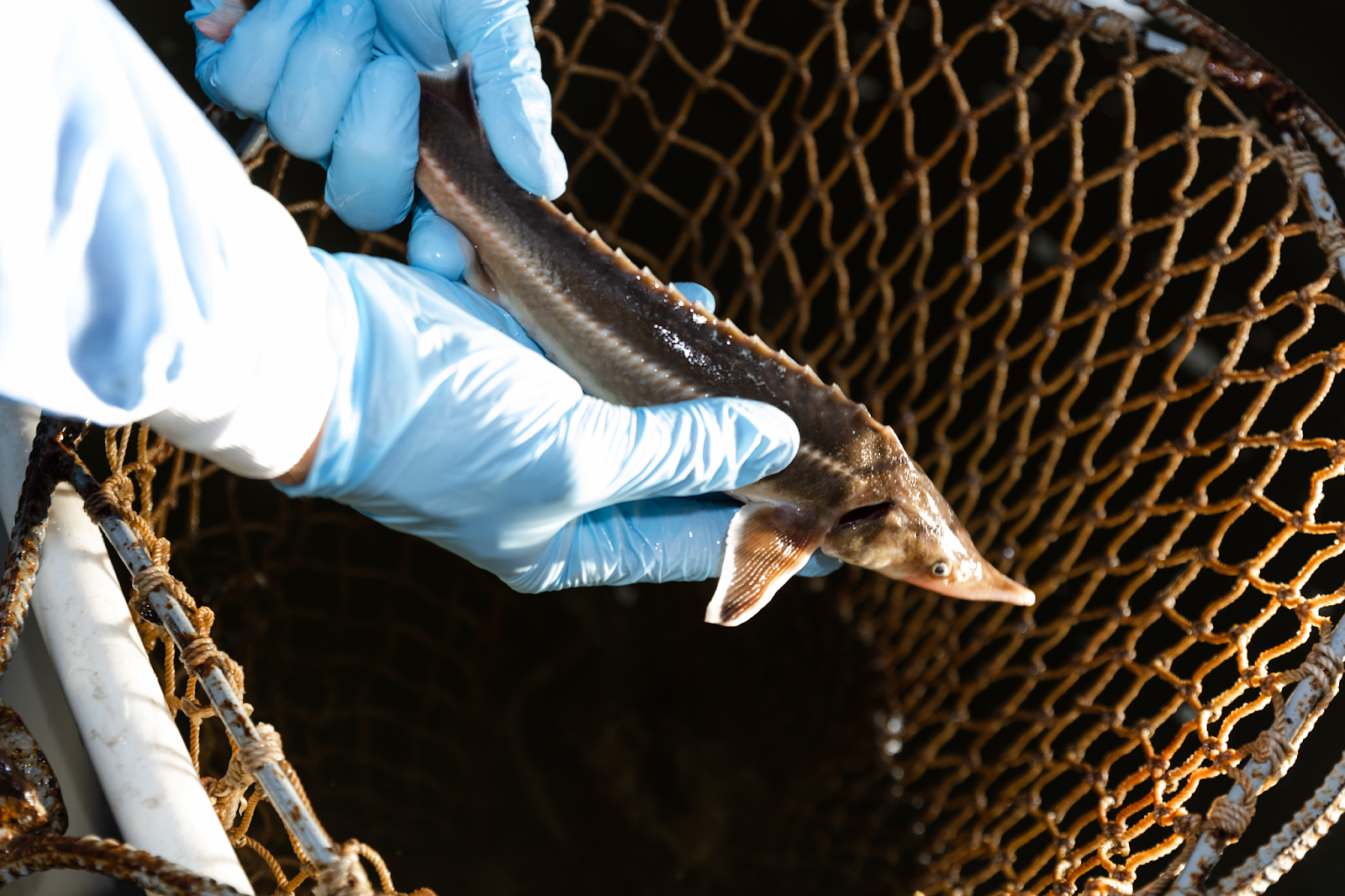
As far as is known, dredging work was carried out during the fall-winter period, when there were no young sturgeon in the river, so the process might not have affected them. The chief threats to sturgeon are dams upstream, which prevent all fish from reaching the spawning site, and poaching.

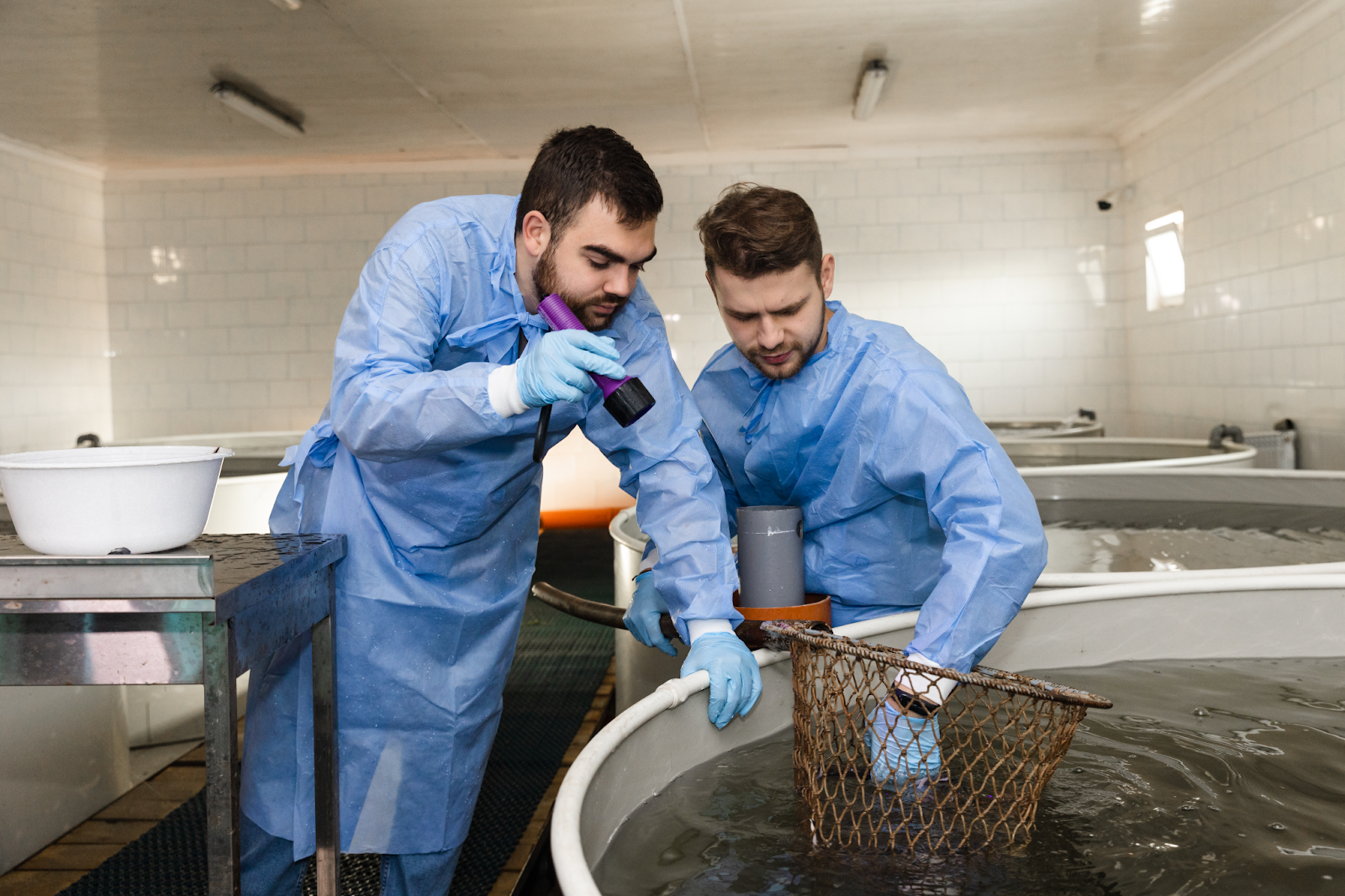
In the fall of 2023 the World Wide Fund for Nature’s Ukrainian branch, WWF Ukraine, released 2,500 juvenile sterlet (Acipenser ruthenus) and Russian sturgeon (Acipenser gueldenstaedtii) into the Solomonov branch of the Danube as part of its latest effort to restock the Danube Biosphere Reserve with sturgeon. As both species are listed in the Red Book of Ukraine, this restocking also has the far-reaching strategic goal of contributing to the restoration of the Danube’s sturgeon population.

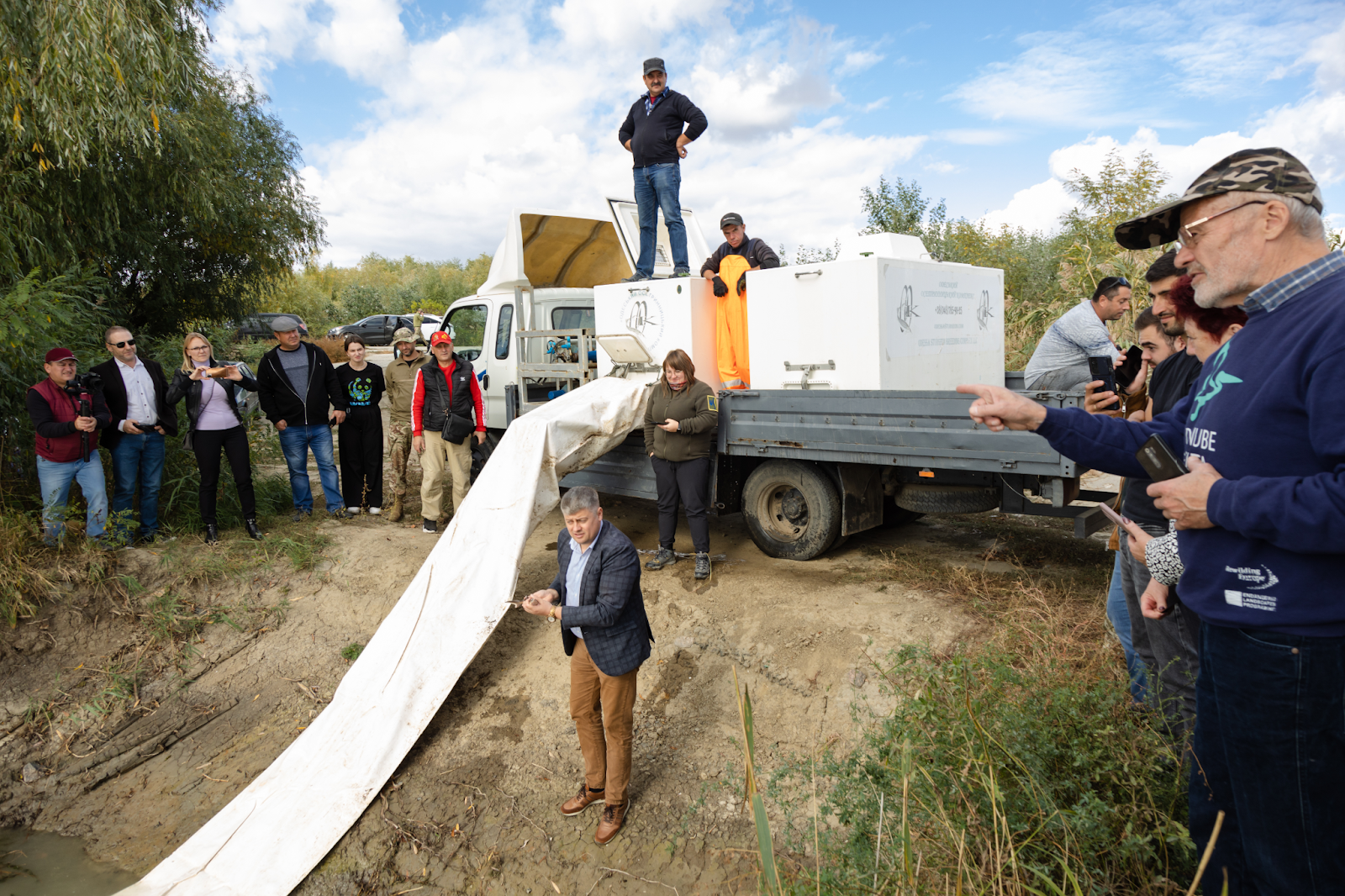
At the sturgeon farm in Odesa where they were raised, each fish was marked by injecting a special dye – a blue or yellow elastomer – under the skin. This allows scientists to track sturgeon migration routes.
However, this kind of “rewilding” also faces criticism. According to Eugene Simonov, stocking the river with artificially farmed fry amounts to gross interference in the ecosystem, and he believes that such measures are ineffective.
“The Danube is a vast ecosystem, where the natural recovery of most fish species is entirely possible… at least as long as their habitat remains undegraded. For sturgeon, perhaps the main limiting factor after poaching is when spawning grounds are blocked by dams. No matter how many fry you release into a huge river, you still won’t create a stable natural population if it has nowhere to reproduce. So no release of fish can compensate for the destruction of freshwater ecosystems,” he explains.
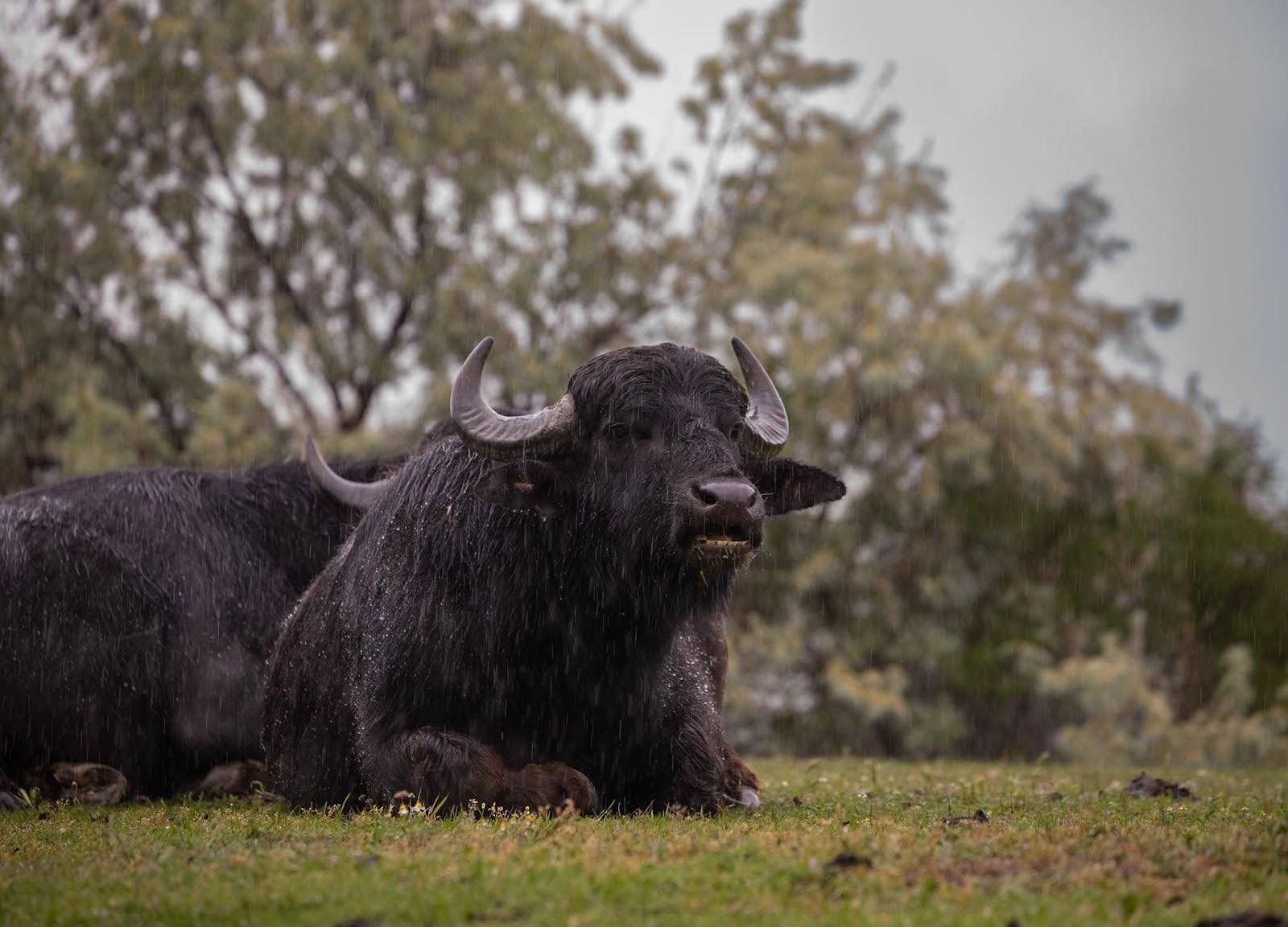
The ongoing debate between conservationists and the shipping lobby will be resolved by the conclusion of a scientific investigation, which will reveal the actual impact of dredging and shipping on local ecosystems. Field research is vital, but is currently only possible to a limited extent, with analysis of inaccessible areas carried out using satellite images. However, monitoring continues nonetheless, and solutions will be found once Ukraine has won the war.
Main image: The Danube Delta Transboundary Biosphere Reserve. Source: Zhanna Sribna







